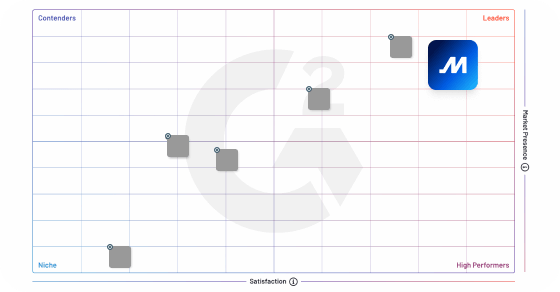The sleeper berth serves as the resting quarters for long-haul truck drivers. It allows drivers to comply with safety regulations and ensure they stay alert to minimize the risk of accidents on the road. A sleeper berth is essentially a compartment located in the truck’s cabin that is equipped with a bed, mattress, and other amenities for drivers to rest and recharge.
The berth is critical for long-haul drivers as they drive long distances for extended periods. This dedicated compartment provides a safe place to rest and take breaks.
Sleeper berths are typically fitted with climate control, lighting, and temperature control systems to provide a comfortable environment. Since fatigue is a significant cause of accidents on the road, the Federal Motor Carrier Safety Administration (FMCSA) has established rules around sleeper berths. For example, a driver can use a sleeper berth for a maximum of 10 hours within a 24-hour period. The Sleeper Berth is also regulated in terms of size, with the most common size being 6 feet by 7 feet.
Frequently Asked Questions
What does sleeper berth mean?
A sleeper berth refers to a compartment or area in a commercial truck where the driver can rest or sleep during long-haul journeys. This part of the truck’s cabin is equipped with a bed or sleeping accommodations. Having a sleeper berth allows long-haul drivers to comply with hours-of-service regulations by providing them a place to rest during mandatory off-duty periods. This helps ensure they can maintain proper rest and remain attentive drivers while on the road.
What are the sleeper berth rules? Sleeper berth rules are regulations that dictate how truck drivers can use their vehicle’s dedicated rest area to remain compliant with hours-of-service regulations. The specific rules vary by jurisdiction
Sleeper berth rules are regulations that dictate how truck drivers can use their vehicle’s dedicated rest area to remain compliant with hours-of-service regulations. The specific rules vary by jurisdiction, but they typically outline the minimum amount of off-duty time required in the sleeper berth, such as an 8-hour uninterrupted rest period, and the maximum consecutive hours allowed before taking a break. Adhering to these rules helps ensure that drivers get sufficient rest and maintain safe driving practices.
The 10-hour sleeper berth rule requires commercial drivers to take at least 10 consecutive hours off-duty before starting a new shift. This rest period must include at least 8 consecutive hours in a sleeper berth
The 10-hour sleeper berth rule requires commercial drivers to take at least 10 consecutive hours off-duty before starting a new shift. This rest period must include at least 8 consecutive hours in a sleeper berth, and the remaining 2 hours can either be off-duty or in the sleeper berth. The aim of this rule is to prevent driver fatigue, which can lead to accidents on the road.
Does sleeper berth stop your 14-hour clock?
Yes, time spent in a sleeper berth can stop your 14-hour clock. If you take a break in the sleeper berth for at least 8 consecutive hours, that time will not count towards your 14-hour clock. This is called the sleeper berth provision. However, the remaining time on your 14-hour clock will continue to decrease during your driving time and any other on-duty time.



